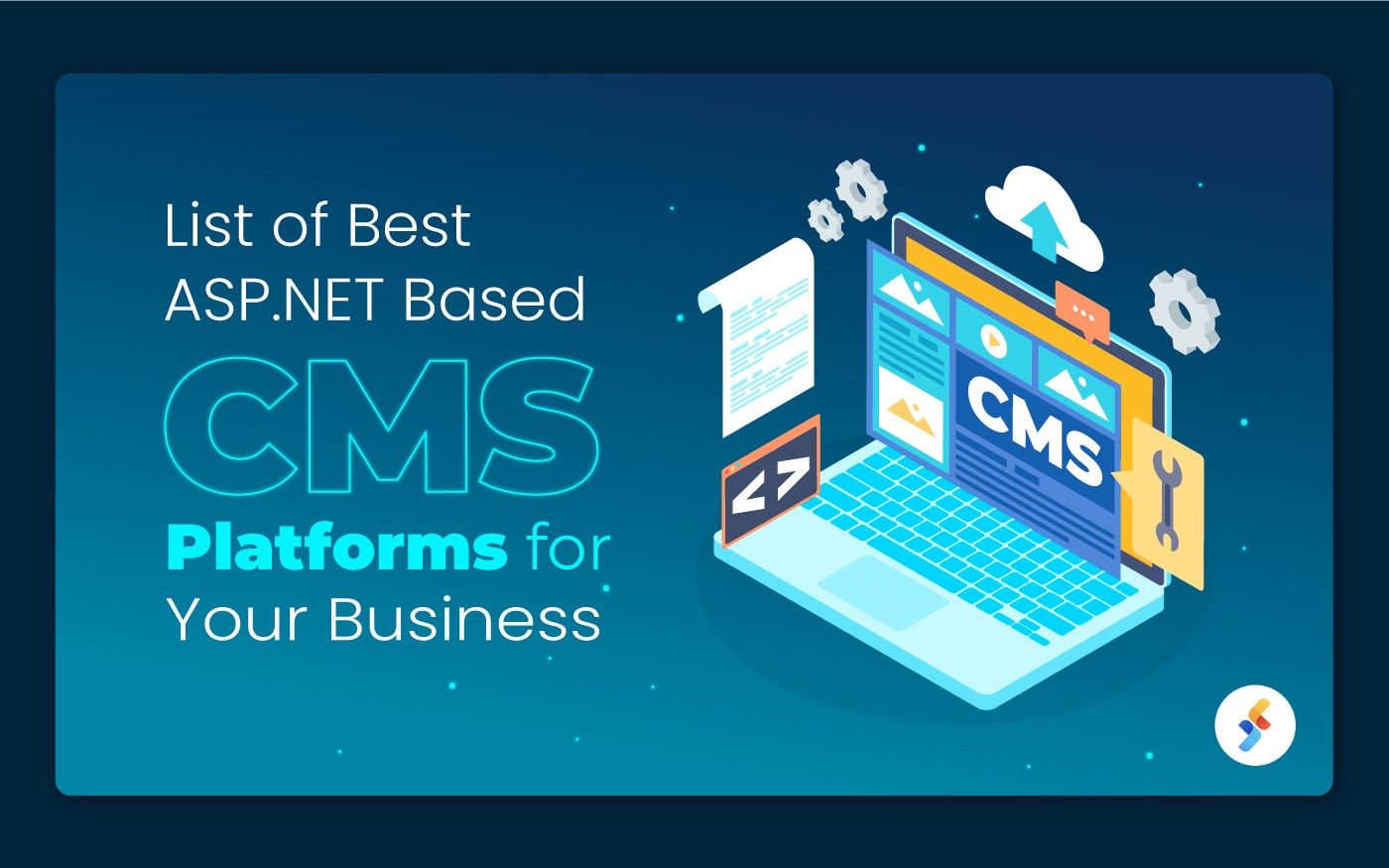Understanding Cloud-Based Content Management Systems
Cloud-based content management systems (CMS) have emerged as a powerful solution for businesses seeking to manage their digital content more efficiently. These platforms allow users to create, modify, and publish content on the web without requiring extensive technical expertise. By leveraging cloud technology, these CMS solutions offer numerous benefits, including scalability, accessibility, and cost-effectiveness.
Scalability is a key advantage of cloud-based CMS platforms. As your business grows, your CMS can easily adapt to accommodate increased content demands. This flexibility ensures that your website or digital platform remains performant, even during peak traffic periods. Additionally, cloud-based CMS solutions are accessible from any location with an internet connection, enabling seamless collaboration between teams and eliminating the need for on-site servers or infrastructure.
Cost-effectiveness is another significant benefit of cloud-based content management systems. By utilizing a pay-as-you-go pricing model, businesses can avoid the upfront costs associated with traditional CMS platforms. Furthermore, cloud-based CMS providers typically handle software updates, security, and maintenance, reducing the burden on internal IT resources and minimizing long-term costs.
Key Features to Look for in a Cloud-Based CMS
When selecting a cloud-based content management system, it is crucial to consider several essential features to ensure a seamless digital experience. These features include a user-friendly interface, integration capabilities, security, and support. By prioritizing these aspects, businesses can maximize the potential of their CMS and effectively manage their digital content.
User-Friendly Interface
A user-friendly interface is vital for a cloud-based CMS, as it enables users with varying levels of technical expertise to manage content efficiently. An intuitive user interface (UI) should include easy-to-use content editing tools, drag-and-drop functionality, and customizable layout options. Additionally, a WYSIWYG (What You See Is What You Get) editor can help non-technical users visualize their content as they create it, streamlining the content creation process.
Integration Capabilities
Integration capabilities are another critical feature to consider when choosing a cloud-based CMS. Seamless integration with other digital tools, such as marketing automation platforms, customer relationship management (CRM) systems, and analytics tools, can significantly enhance the functionality of your CMS. By integrating your CMS with these platforms, you can streamline workflows, improve data sharing, and ensure a consistent user experience across all digital touchpoints.
Security
Security is paramount when it comes to cloud-based content management systems. Businesses should look for CMS platforms that offer robust security features, such as secure login authentication, data encryption, and access controls. Regular security audits, vulnerability assessments, and software updates are also essential to ensure the ongoing protection of your digital content. Additionally, it is crucial to choose a CMS provider that adheres to industry-standard security protocols and certifications, such as SOC 2, ISO 27001, and GDPR compliance.
Support
Reliable customer support is a must-have feature for any cloud-based CMS. Look for a provider that offers multiple support channels, such as email, phone, and live chat, to ensure that assistance is readily available when needed. Additionally, access to comprehensive documentation, tutorials, and community forums can help users quickly resolve common issues and learn how to optimize their CMS usage. A strong support system can significantly enhance the overall user experience and minimize potential downtime or disruptions.
Top Cloud-Based CMS Solutions for Businesses
Cloud-based content management systems (CMS) have revolutionized the way businesses manage their digital content. Among the leading platforms available, WordPress, HubSpot, and Contentful stand out for their unique features and benefits. By understanding their capabilities, businesses can make informed decisions when selecting a cloud-based CMS that best suits their needs.
WordPress
WordPress is a popular open-source cloud-based CMS that offers a wide range of customization options and plugins. Its user-friendly interface and extensive community support make it an ideal choice for businesses of all sizes. WordPress boasts a vast library of pre-built themes and templates, enabling users to create professional-looking websites with minimal design expertise. Additionally, its integration capabilities with various marketing tools and plugins make it a versatile and cost-effective solution for businesses seeking to streamline their digital marketing efforts.
HubSpot
HubSpot is an all-in-one cloud-based CMS that combines content management, marketing automation, and customer relationship management (CRM) functionalities. Its intuitive drag-and-drop editor and customizable templates allow businesses to create and manage personalized content for various digital channels. Furthermore, HubSpot’s robust analytics capabilities enable businesses to track and analyze their content’s performance, optimizing their digital marketing strategies for maximum impact. By integrating content management, marketing, and sales efforts, HubSpot offers a seamless and efficient solution for businesses looking to enhance their digital presence and customer engagement.
Contentful
Contentful is a flexible and scalable cloud-based CMS designed for developers and content creators. Its API-first approach enables businesses to manage and deliver content across multiple channels, including web, mobile, and IoT devices. Contentful’s modular content architecture allows for easy content reuse and repurposing, streamlining the content creation process and ensuring a consistent user experience across all digital touchpoints. Additionally, its robust integration capabilities enable businesses to connect with various marketing, analytics, and automation tools, enhancing the overall functionality of their CMS and digital marketing strategies.

How to Migrate Your Existing Content to a Cloud-Based CMS
Migrating content from a traditional CMS to a cloud-based content management system (CMS) can be a complex process, but careful planning and execution can ensure a smooth transition. By understanding best practices, potential challenges, and tools that simplify the migration process, businesses can reap the benefits of cloud-based CMS, such as scalability, accessibility, and cost-effectiveness.
Step 1: Audit Your Existing Content
Before initiating the migration process, take an inventory of your existing content. Identify which content is still relevant, needs updating, or should be archived. This step ensures that your new cloud-based CMS will only host up-to-date and valuable content, reducing clutter and improving user experience.
Step 2: Choose the Right Cloud-Based CMS
Select a cloud-based CMS platform that aligns with your business needs and goals. Consider factors such as user-friendliness, integration capabilities, security, and support. Research various platforms, such as WordPress, HubSpot, and Contentful, to determine which one best suits your requirements.
Step 3: Prepare Your Content for Migration
Format your content according to the new cloud-based CMS’s requirements. This may involve converting files, updating metadata, or adjusting content structure. Ensure that all content is optimized for search engines and adheres to your brand’s style guidelines.
Step 4: Utilize Migration Tools
Leverage migration tools and plugins to automate the content transfer process. These tools can save time and reduce the risk of errors. However, manual review and adjustments may still be necessary to ensure a seamless migration.
Step 5: Test and Validate
After migrating content, thoroughly test and validate the new cloud-based CMS. Check for broken links, misaligned formatting, and missing media. Ensure that all content is accessible, functional, and meets your quality standards.
Step 6: Train Users and Monitor Performance
Provide training and resources to help users adapt to the new cloud-based CMS. Monitor performance, track user feedback, and make adjustments as needed. Regularly update software and security protocols to maintain optimal functionality and security.
Migrating to a cloud-based CMS offers numerous benefits, but it is essential to approach the process strategically. By following best practices, utilizing migration tools, and thoroughly testing the new system, businesses can ensure a successful transition to a more efficient and cost-effective content management solution.

Maximizing the Potential of Your Cloud-Based CMS
Cloud-based content management systems (CMS) offer businesses a powerful and flexible solution for managing digital content. To fully leverage these platforms, it is essential to implement best practices and strategies that maximize their potential. Here are some tips for getting the most out of your cloud-based CMS:
Optimize Content for Search Engines
Search engine optimization (SEO) is crucial for driving traffic and increasing visibility. Ensure that your content is optimized for search engines by incorporating relevant keywords, creating high-quality backlinks, and utilizing meta tags. Additionally, consider using a cloud-based CMS that offers built-in SEO tools and analytics to streamline the optimization process.
Leverage Analytics
Analytics provide valuable insights into user behavior, engagement, and conversion rates. Utilize analytics tools to track and analyze data, identify trends, and make data-driven decisions. Cloud-based CMS platforms often include analytics tools, making it easy to monitor performance and adjust strategies accordingly.
Integrate with Other Digital Tools
Cloud-based CMS solutions can be integrated with other digital tools, such as marketing automation platforms, customer relationship management (CRM) systems, and social media platforms. Integration enables seamless data sharing, automation, and personalization, enhancing the overall digital experience.
Collaborate with Team Members
Cloud-based CMS platforms facilitate collaboration by allowing multiple users to access and edit content simultaneously. Utilize features such as user roles, permissions, and workflows to streamline the content creation process and ensure consistency and quality.
Stay Up-to-Date with Software Updates
Regularly updating software is essential for maintaining security, functionality, and performance. Stay up-to-date with software updates and security patches to ensure that your cloud-based CMS is running optimally.
Maximizing the potential of your cloud-based CMS requires a strategic approach and a commitment to best practices. By optimizing content for search engines, leveraging analytics, integrating with other digital tools, collaborating with team members, and staying up-to-date with software updates, businesses can enhance their digital experience and achieve their content management goals.

Security Best Practices for Cloud-Based Content Management Systems
Cloud-based content management systems (CMS) offer numerous benefits, including scalability, accessibility, and cost-effectiveness. However, with the increased use of cloud-based CMS platforms, security has become a critical concern. Implementing best practices and strategies can help ensure the security of your cloud-based CMS and protect your digital assets.
Use Strong Passwords
Using strong passwords is the first line of defense against unauthorized access. Ensure that all users have unique and complex passwords that include a combination of letters, numbers, and special characters. Consider implementing password policies that require regular password changes and prohibit the use of previously used passwords.
Enable Two-Factor Authentication
Two-factor authentication adds an extra layer of security by requiring users to provide a second form of authentication, such as a fingerprint or a one-time code sent to a mobile device. Enabling two-factor authentication can help prevent unauthorized access and protect against password theft.
Regularly Update Software
Regularly updating software is essential for maintaining security, functionality, and performance. Stay up-to-date with software updates and security patches to ensure that your cloud-based CMS is running optimally and protected against known vulnerabilities.
Implement Access Controls
Implementing access controls can help ensure that users only have access to the resources and features necessary for their roles. Utilize features such as user roles, permissions, and workflows to streamline the content creation process and ensure consistency and quality.
Backup Data Regularly
Regularly backing up data is essential for disaster recovery and business continuity. Utilize features such as automatic backups and version control to ensure that your data is protected and easily recoverable in the event of a security breach or system failure.
Security is a critical concern when using cloud-based content management systems. Implementing best practices, such as using strong passwords, enabling two-factor authentication, regularly updating software, implementing access controls, and backing up data regularly, can help ensure the security of your cloud-based CMS and protect your digital assets.
Comparing Cloud-Based CMS Solutions: Pros and Cons
Cloud-based content management systems (CMS) have become increasingly popular in recent years, offering numerous benefits such as scalability, accessibility, and cost-effectiveness. However, with so many cloud-based CMS platforms available, it can be challenging to determine which one is the best fit for your business. In this section, we will compare and contrast some of the top cloud-based CMS platforms, highlighting their strengths and weaknesses to help you make an informed decision.
WordPress
WordPress is one of the most popular cloud-based CMS platforms, with over 40% of websites on the internet using it. It offers a user-friendly interface, a vast library of plugins and themes, and a large community of developers and users. However, it can be vulnerable to security threats, and its scalability may be limited compared to other cloud-based CMS platforms.
HubSpot
HubSpot is a cloud-based CMS platform that offers a range of marketing, sales, and customer service tools. It offers a user-friendly interface, robust integration capabilities, and advanced analytics features. However, it can be more expensive than other cloud-based CMS platforms, and its learning curve may be steeper for some users.
Contentful
Contentful is a cloud-based CMS platform that offers a headless CMS solution, allowing developers to build and manage content independently of the front-end presentation layer. It offers robust integration capabilities, scalability, and flexibility, making it an excellent choice for businesses with complex content needs. However, it may have a steeper learning curve for some users, and its pricing model may be more expensive for businesses with large content libraries.
When comparing cloud-based CMS platforms, it’s essential to consider factors such as user-friendliness, integration capabilities, security, and support. While each platform has its strengths and weaknesses, choosing the one that best fits your business needs and goals is crucial. By carefully evaluating each platform’s features and benefits, you can ensure a seamless digital experience for your users and achieve your business objectives.
The Future of Cloud-Based Content Management Systems
Cloud-based content management systems (CMS) have revolutionized the way businesses manage and deliver digital content. As we look to the future, it’s clear that cloud-based CMS will continue to shape the digital landscape, offering new and innovative ways to create, manage, and distribute content. In this section, we will discuss some of the future trends and developments in cloud-based CMS, including the role of artificial intelligence, machine learning, and automation.
Artificial Intelligence (AI) and Machine Learning (ML)
Artificial intelligence (AI) and machine learning (ML) are poised to transform the way businesses manage and deliver content. By using AI and ML algorithms, cloud-based CMS platforms can analyze vast amounts of data, identify patterns, and make data-driven decisions. This can help businesses optimize their content strategy, personalize the user experience, and improve overall engagement.
Automation
Automation is another trend that is shaping the future of cloud-based CMS. By automating repetitive tasks, businesses can save time and resources, allowing them to focus on more strategic initiatives. For example, cloud-based CMS platforms can automate content creation, distribution, and optimization, helping businesses stay ahead of the curve and deliver a seamless digital experience.
Integration with Other Digital Tools
As cloud-based CMS platforms continue to evolve, we can expect to see more integration with other digital tools, such as marketing automation, customer relationship management (CRM), and analytics platforms. This will enable businesses to create a more cohesive and integrated digital strategy, delivering a seamless and personalized user experience across all touchpoints.
In conclusion, the future of cloud-based content management systems is bright, with artificial intelligence, machine learning, and automation set to transform the way businesses manage and deliver digital content. By staying up-to-date with the latest trends and developments, businesses can ensure they are getting the most out of their cloud-based CMS and delivering a seamless digital experience to their users.

